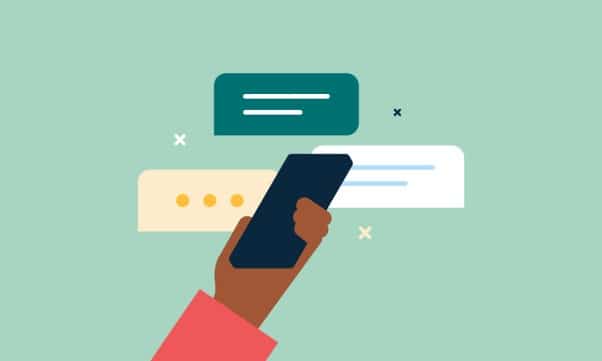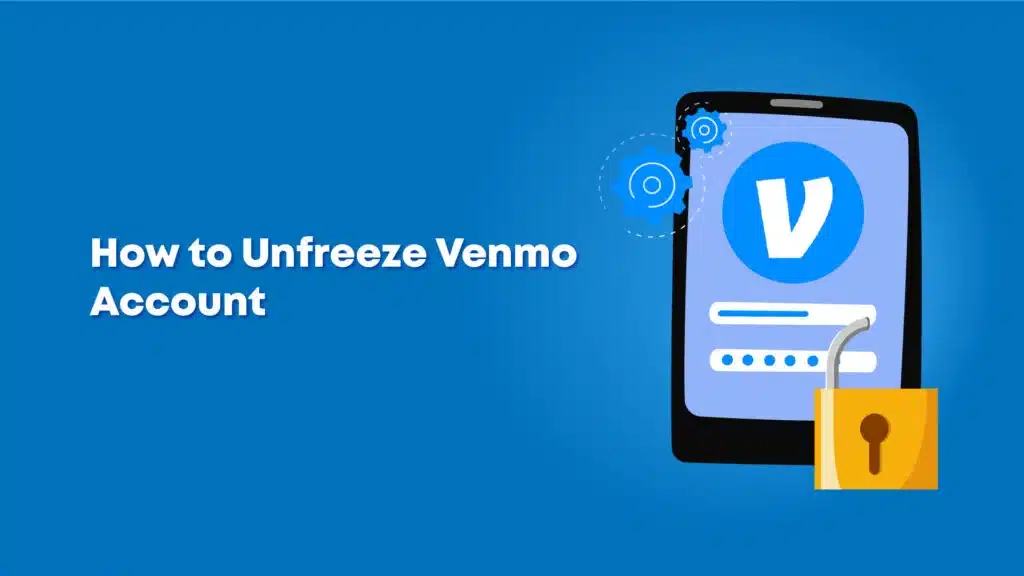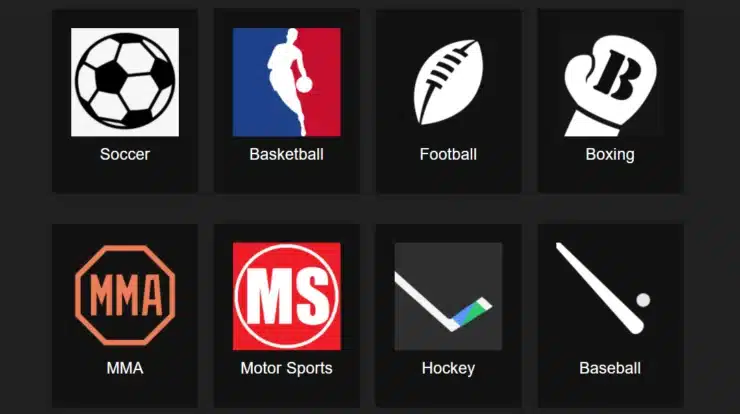So, you’ve been receiving text messages from 6245 on your Verizon mobile, and the curiosity bug has bitten you. You’re not alone. Many Verizon users are in the same boat, wondering about the origin, purpose, and safety of these messages. In this comprehensive guide, we’ll unravel the mystery behind text messages from 6245, exploring everything from their meaning to potential scams.
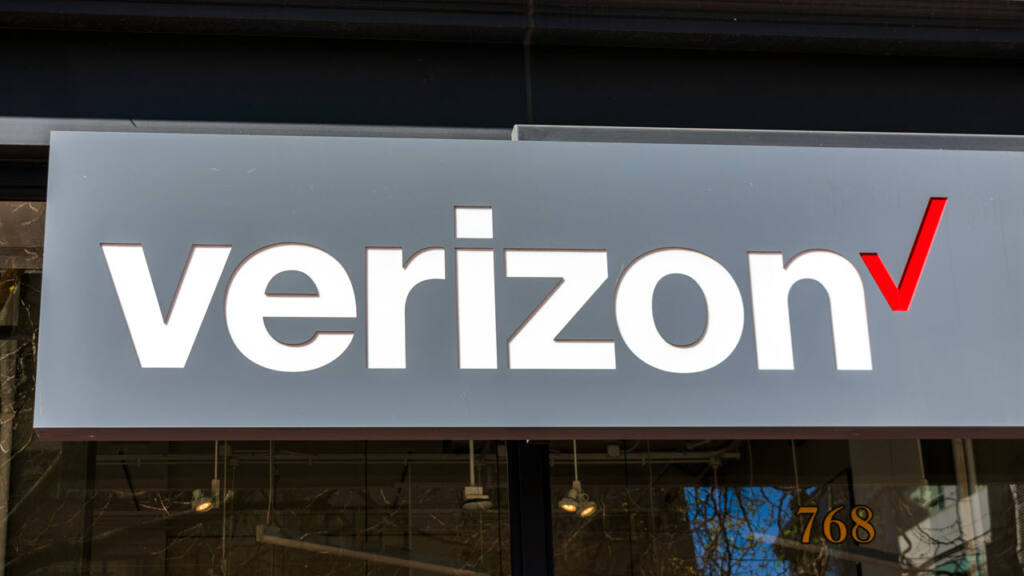
What Does it Mean?
Text messages from 6245 are not a cause for alarm; they’re simply messages from Verizon. This service allows Verizon customers to receive emails and texts using their phone numbers. Let’s break down the details.
What is the 6425 Short Code?
Owned by Verizon, the 6425 short code is the gateway to its mail service. This innovative service empowers Verizon users to seamlessly send emails to fellow Verizon users, utilizing their phone numbers as email addresses. The magic happens as the carrier converts these emails into text messages, dispatched through the 6245 short code.
Message Format
The typical format for these messages is [phone number]@vtext.com. Responding to these messages is as simple as handling any other SMS, and your reply will be delivered as a text message to the original sender.
How it Works
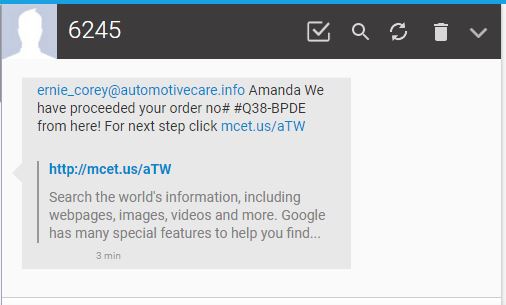
Verizon users may encounter messages from 6245 containing the message and sender details. The code 6245 is essentially a notification, indicating you’ve got a new email. It’s a convenient way for Verizon to keep you informed about internet communications.
| Message Details | Explanation |
|---|---|
| Sender | 6245 |
| Content | Email content or other messages |
| Meaning | Notification of incoming mail |
Example Text from 6245
Consider a scenario where someone needs to contact you via email but doesn’t have your email address. They can send you an email by using your Verizon number as the sender’s email address. The message will be received with the code 6245.
Scam Alert: Are Texts Messages From 6245 Legit?
The straightforward answer is yes, they are legit messages from Verizon. However, exercise caution. If you can’t recognize the sender, refrain from responding. While most messages are harmless, there’s a slim chance of scams. Don’t share personal information or credentials unless you’re certain about the sender.
Can I Reply?
Absolutely! Treat messages from 6245 like any other. When you reply, your response goes directly to the person who initiated the message.
Blocking 6245
If you wish to block all incoming messages from email addresses, text “Block 6245” to 9999. For more granular control, you can also text 9999 to block individual numbers and addresses.
Obtaining Message Transcripts
Legally, Verizon doesn’t provide a service for obtaining message transcripts. However, you can explore your My Verizon account under “My Bill” or “My Services” for potential options.
Short Code Messaging Explained
Short code messaging, also known as Common Short Code (CSC), is a prevalent method for sending business texts and marketing campaigns. It uses specialized phone numbers, typically five to six digits, for one-way SMS and MMS messaging.
Setting Up Your Short Code
In the US, apply directly to the US Short Code Administration. In Canada, the Canadian Wireless Telecommunications Association manages short SMS numbers. Remember, short codes are not exclusive, and multiple brands can lease the same code.
Steps to Set Up a Short Code
- Obtain approval from cellular network providers.
- Self-host or hire a company for hosting.
- Procure relevant software for message sending.
- Consult an SMS aggregator for code allocation.
Frequently Asked Questions
1. Can I block messages from the 6245 short code?
Yes, you can block messages from this short code through your phone’s settings. Navigate to message settings, locate the blocked numbers section, and add 6245 to the list.
2. How do I differentiate between a scam and a legitimate message?
Legitimate messages often come from known contacts and contain identifiable information. Scam messages, on the other hand, may lack personalization and attempt to elicit sensitive data.
3. Are there any charges associated with receiving messages through the 6245 short code?
No, Verizon typically does not impose additional charges for messages received through the 6245 short code.
4. Can I disable the 6425 short code service?
Verizon users can contact customer support to inquire about disabling the 6425 short code service if they wish to opt-out.
5. How secure is the 6245 short code service?
Verizon employs encryption and security measures to safeguard messages sent through the 6245 short code. However, users should exercise caution and avoid sharing sensitive information.
6. Can I customize the email address associated with my phone number?
As of now, Verizon sets the default email format as [phone number]@vtext.com, and customization options may be limited.
7. Are there alternative methods for sending emails through Verizon?
Apart from the 6425 short code, users can utilize traditional email platforms or Verizon’s dedicated email services for more comprehensive communication.
8. What steps should I take if I suspect a scam?
If you suspect a scam, report the incident to Verizon’s customer support and refrain from responding to the message. Additionally, consider blocking the sender.
9. Can I retrieve deleted messages sent through the 6245 short code?
Once a message is deleted, it may not be recoverable. Users should exercise caution while managing their messages.
10. Is the 6245 short code available for all Verizon users?
Yes, the 6245 short code is a feature available to all Verizon users as part of the carrier’s mail service.
Conclusion
In conclusion, the 6425 short code adds a unique dimension to Verizon’s communication services, allowing users to seamlessly integrate emails into their SMS inbox. Understanding its functionality and debunking misconceptions is crucial for a secure and enhanced user experience. As the digital landscape evolves, staying informed and leveraging the full potential of telecom services ensures a seamless and secure communication experience.
